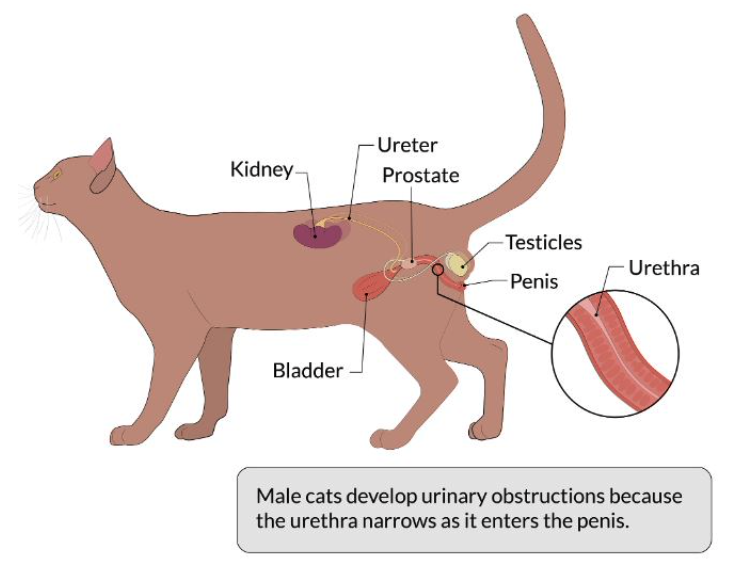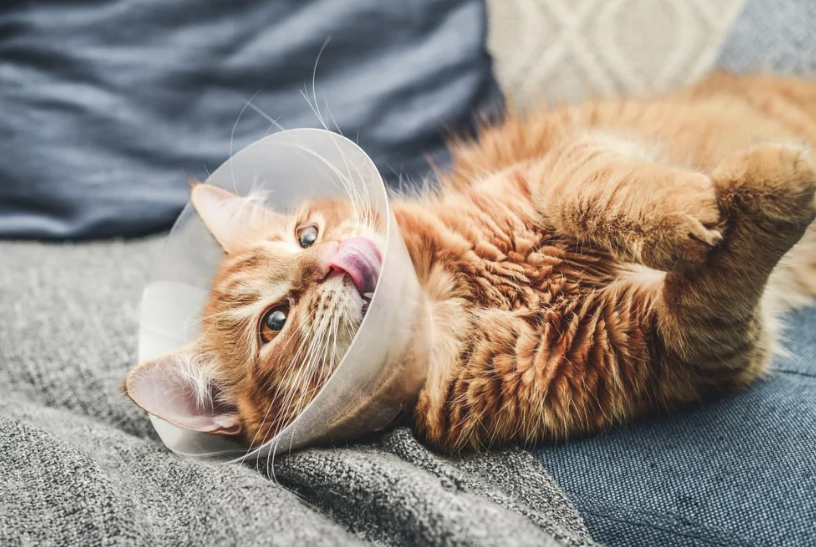Okay, let’s talk about perineal urethrostomy in cats, or PU surgery as we usually call it. I’ve seen my fair share of these cases over the years, mostly male cats, poor guys.
It usually starts the same way. You get a call, or someone rushes in, their male cat is straining, crying, maybe hiding. Can’t pee. That’s a blockage, and it’s a real emergency. We try the conservative route first, of course. Unblocking them with a catheter, fluids, meds. Sometimes that works, and they go home, maybe on a special diet.

But then you get the repeat offenders. The cats that block up again, and again. It’s stressful for the cat, stressful for the owner, and honestly, it gets risky each time. That’s usually when the PU talk starts. It’s not a decision anyone takes lightly. It’s basically re-plumbing the cat.
What We Actually Do
So, when we decide a PU is the best shot, we prep the cat for surgery. It’s a pretty involved procedure. The whole goal is to bypass the narrow part of the urethra down near the penis, because that’s where the blockage usually happens – crystals, plugs, inflammation, you name it.
We basically shorten the urethra and create a new, wider opening, more like a female cat’s anatomy, higher up under the tail. Sounds kind of drastic, I know. We have to carefully dissect things, remove the penis and associated structures, and then suture the wider urethral opening to the skin. It takes precision, making sure everything lines up and heals right.
The Aftermath and Care
Post-op is super important. Here’s what usually goes down:
- The Cone of Shame: Absolutely non-negotiable. They HATE it, but they cannot be allowed to lick or chew at the surgery site. Infection or pulling out stitches is a big risk.
- Keeping it Clean: The area needs gentle cleaning. We usually give owners specific instructions. It can look a bit messy initially with swelling and maybe some seepage.
- Litter Change: Regular clay or clumping litter is a no-go right after surgery. It can stick to the site. We often use shredded paper or special pellet litter for a couple of weeks.
- Monitoring: Watching them closely to make sure they ARE peeing easily through the new opening. Any straining is a red flag. We also watch for bleeding or signs of infection.
Healing takes time, usually a few weeks for everything to settle down properly. The first few days are the most critical.
Is it worth it?
Look, it’s major surgery. There are risks, like anesthesia, bleeding, infection, or sometimes stricture formation later on (where the opening narrows again, though less common if done well). And these cats might be a bit more prone to urinary tract infections down the line because the urethra is shorter. Some might have minor drips occasionally.

But for cats that keep blocking repeatedly? It’s often life-saving. It stops the constant emergency trips, the pain, the risk of kidney damage from blockages. Most cats adapt really well. They go back to being normal, happy cats, just peeing a bit differently. Seeing a cat finally comfortable and blockage-free after multiple scares… yeah, that makes these tough procedures feel worthwhile. It’s a big intervention, definitely a last resort kind of thing, but often the best option for those chronic blockers.





